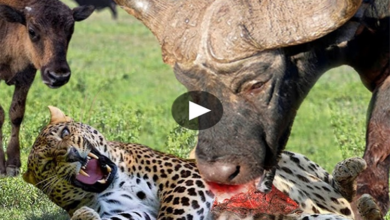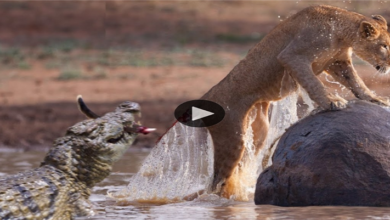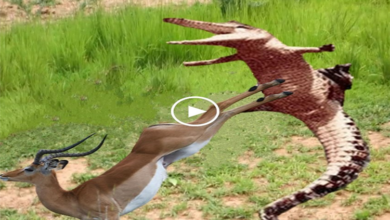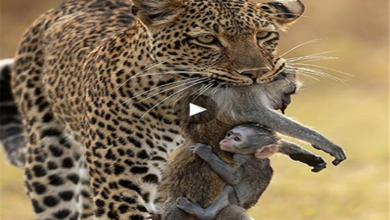Monkey see, monkey do? Sleight-of-hand magic trick only fools monkeys with opposable thumbs, study finds
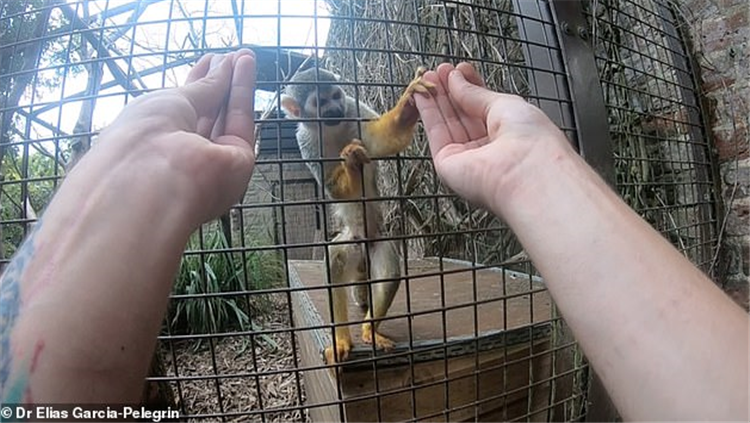
When performing magic tricks, it’s important to pick your audience carefully.
And it would be wise not to attempt sleight-of-hand with a group of marmosets, according to a new study.
Researchers have discovered deceptive tricks only fool monkeys who have opposable thumbs, as a magician needs to have similar anatomy to their audience.
So while capuchins and squirrel monkeys end up bamboozled by ‘tricksy hands’, species without an opposable thumb are not so easily deceived, their research suggests.
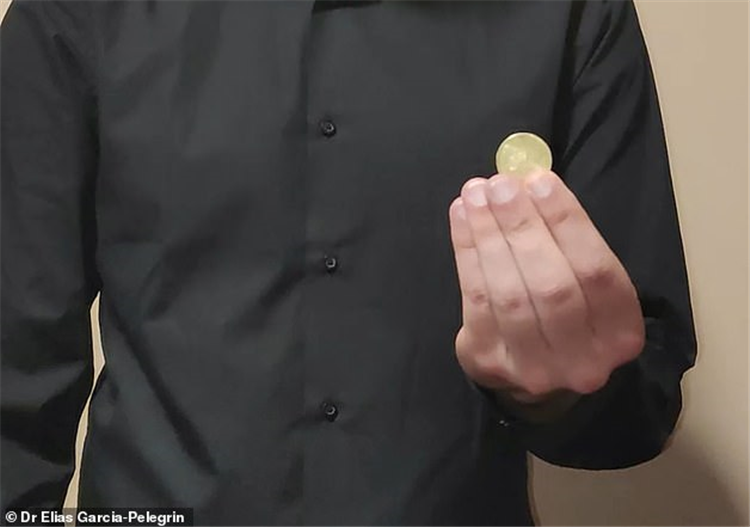
Psychologists from the University of Cambridge performed a famous magic trick for three species of monkey with differing hand structures.
They used a sleight-of-hand manoeuvre called the French drop, in which an object appears to vanish when a spectator assumes it is taken from one hand by the hidden thumb of the other hand.
The trick – often the first any budding magician sets out to master – involves holding a coin using two fingers of one hand.
The other hand reaches over, with the palm facing towards the magician with the thumb concealed behind their fingers.
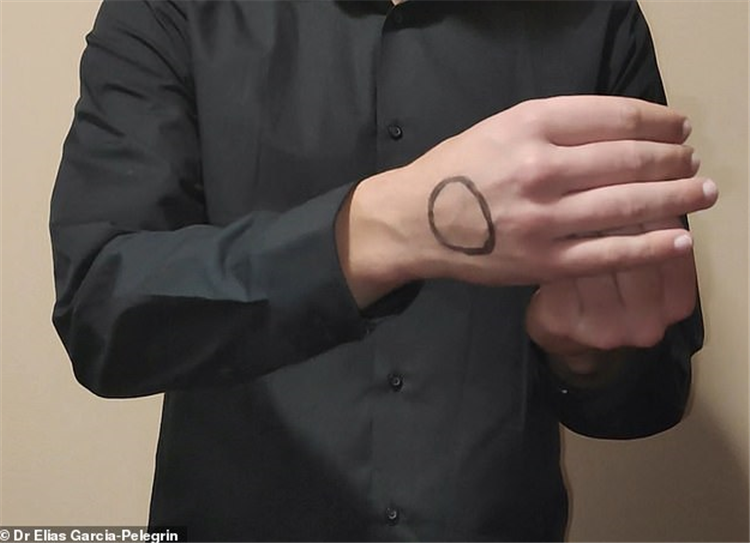
The audience know the thumb is lurking, ready to grip, so assumed the coin has been taken when the hands separate and it is no longer visible.
Their attention follows the second hand, only to find it empty at the ‘reveal’. The magician has, in fact, secretly dropped the coin into the palm of the original hand.
The researchers performed the trick on 24 monkeys including capuchins and marmosets, which both have opposable thumbs but with differing dexterity, and marmosets, who don’t have opposable thumbs.
Food morsels replaced coins and were given as rewards – but only if the animals guessed the correct hand.
Analysis revealed monkeys with opposable thumbs were fooled more than 80 per cent of the time – much like human audiences – by assuming the hidden thumb had grabbed the treat and choosing the wrong hand.
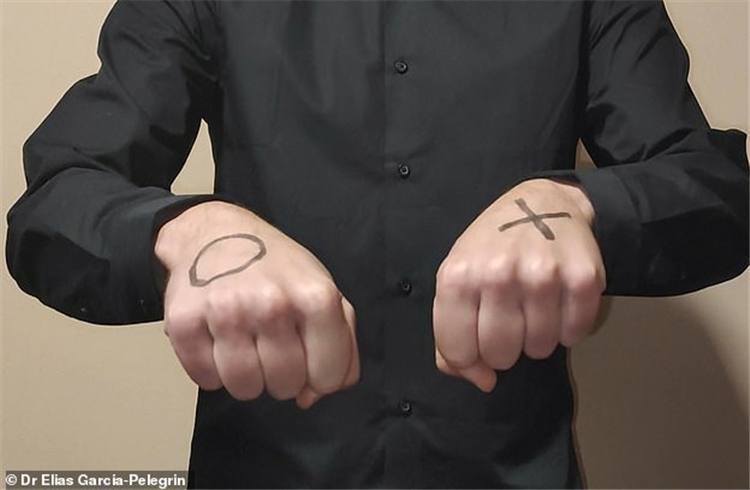
Meanwhile the monkeys without opposable thumbs were fooled just 6 per cent of the time.
Dr Elias Garcia-Pelegrin, one of the study’s authors, said: ‘Magicians use intricate techniques to mislead the observer into experiencing the impossible.
‘By investigating how species of primates experience magic, we can understand more about the evolutionary roots of cognitive shortcomings that leave us exposed to the cunning of magicians.’
Writing in the journal Current Biology, the team said their research suggests sharing a biomechanical ability may be necessary for accurately anticipating the movements of those same limbs in other individuals.
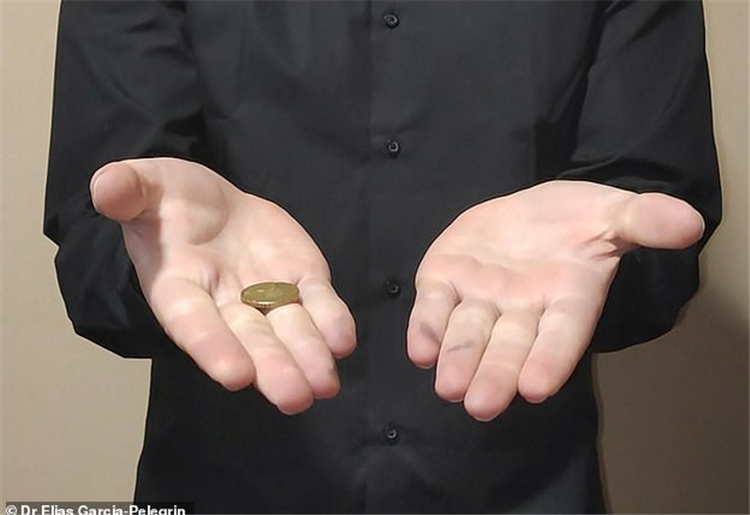
Senior author Professor Nicola Clayton said: ‘There is increasing evidence that the same parts of the nervous system used when we perform an action are also activated when we watch that action performed by others.
‘This mirroring in our neural motor system might explain why the French drop worked for the capuchins and squirrel monkeys but not for marmosets.’

